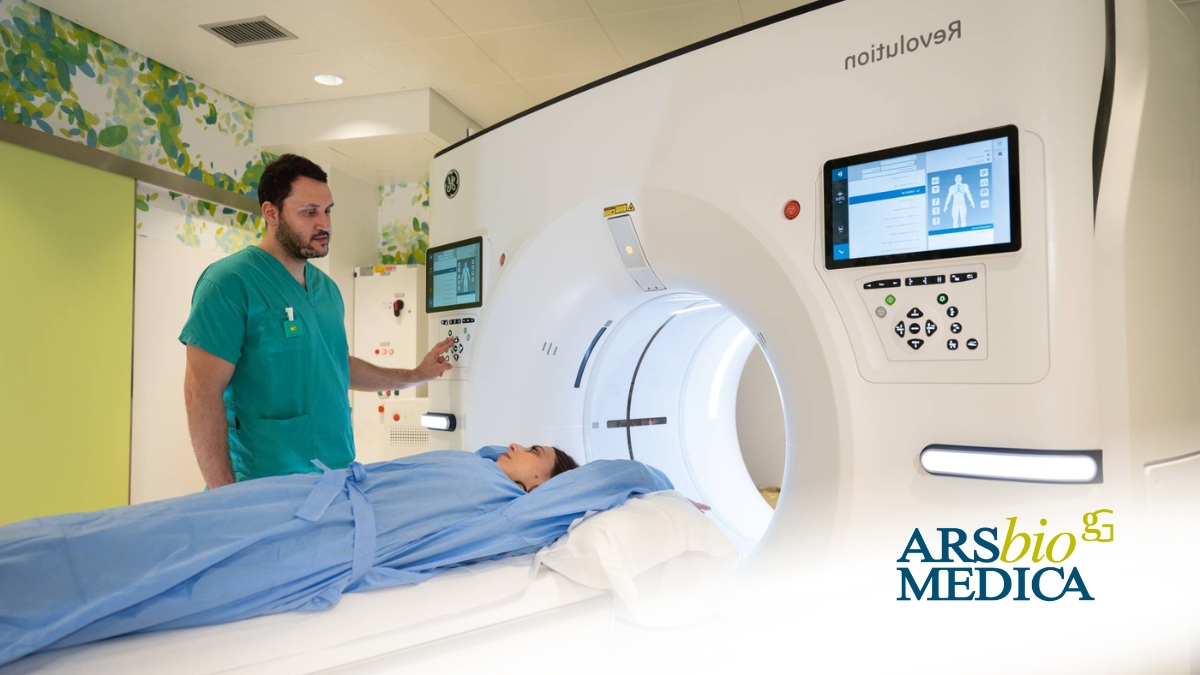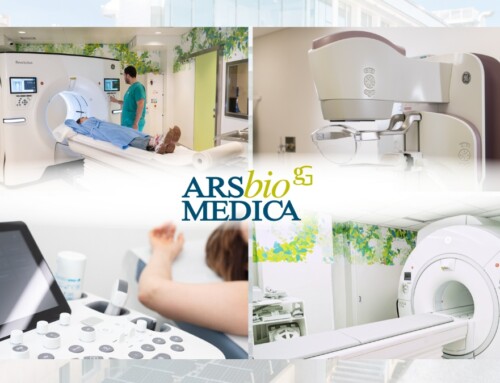
Articolo del 29/05/2025
Neck pain and back pain are not just fleeting discomforts; for many, they represent significant obstacles in daily life, work, and rest. Statistics show that over 80% of adults experience these issues at least once in their lifetime. Alarmingly, the prevalence is rising among younger populations, largely due to sedentary lifestyles, prolonged use of electronic devices, and poor posture.
These pains are often underestimated, with many seeking temporary relief through painkillers or physiotherapy. However, when neck or back pain persists, radiates to the limbs, or worsens over time, it may indicate an underlying structural problem that warrants further diagnostic investigation. In such cases, an osteoarticular CT scan can be an essential tool for accurate and timely diagnosis.
We discussed this with Dr. Nicolò Rumi, a radiologist at Arsbiomedica Clinic, specializing in advanced diagnostic imaging.
Dr. Rumi, how common are spinal disorders today?
They are extremely common. Lumbar back pain and neck pain affect millions annually. Causes range from poor posture, sedentary habits, and stress, to trauma and degenerative diseases. While symptoms often resolve, persistent or worsening pain requires thorough diagnostic evaluation.
When is a CT scan of the spine recommended?
CT scans are indicated when fractures, osteoporotic vertebral collapse, bone lesions, advanced osteoarthritis, herniated discs, or spinal canal stenosis are suspected. CT is critical for precise assessment of vertebrae and surrounding structures, especially when X-rays are insufficient or MRI is contraindicated.
Are there warning signs that should prompt a CT scan?
Absolutely. Persistent pain lasting more than 3–4 weeks, numbness or weakness in limbs, movement difficulties, or acute pain following trauma are red flags. In these situations, CT provides detailed imaging rapidly, enabling prompt diagnosis and supplying vital information for subsequent treatment planning.
What are the advantages of undergoing a CT scan at Arsbiomedica?
At Arsbiomedica, we use the latest generation dual-energy 512-slice CT technology, delivering rapid, high-resolution imaging with reduced radiation exposure. Our system incorporates MAR (Metal Artifact Reduction) and DECT (Dual-Energy CT) techniques, minimizing metal artifacts in post-surgical patients and accurately detecting post-traumatic bone edema. Direct access without long waiting times is available, and patients benefit from a multidisciplinary team collaborating daily to ensure precise diagnoses and targeted, comprehensive treatments.
CT or MRI? How to choose the right exam?
It depends on the clinical suspicion. CT is ideal for detailed bone evaluation, fractures, pre-surgical planning, and assessing degenerative or suspicious osteostructural changes. MRI, on the other hand, excels at imaging intervertebral discs, spinal cord, nerve roots, and surrounding soft tissues. Sometimes both exams are required at different stages for a complete assessment.
What advice would you give to those living with neck or back pain?
Never ignore persistent pain, especially if it worsens or limits daily activities. Early identification of the cause allows for effective treatment. CT scans of the cervical, thoracic, or lumbar spine—performed with cutting-edge equipment and expert care—can truly make a difference.






